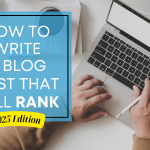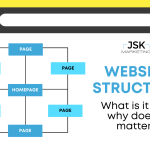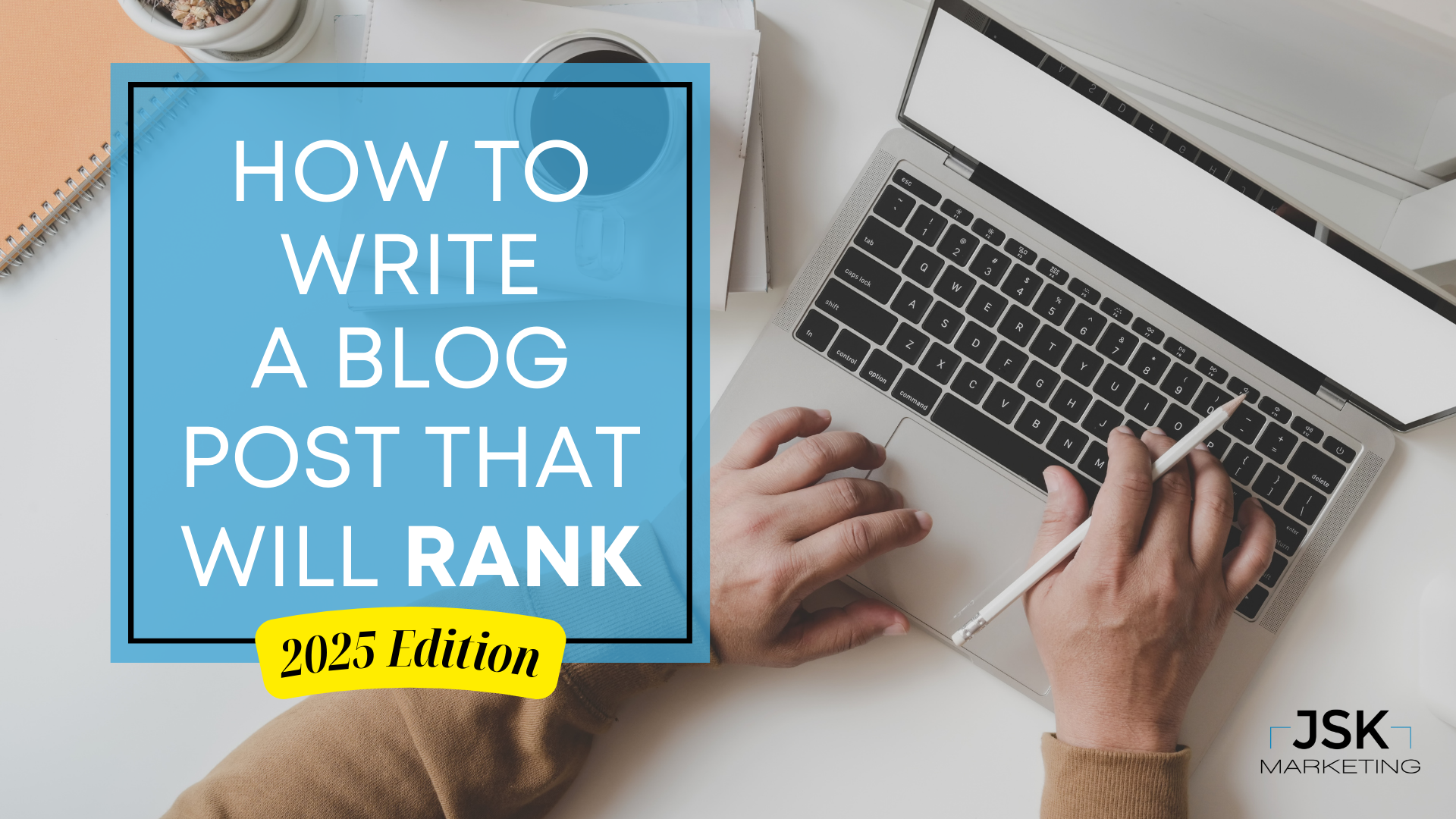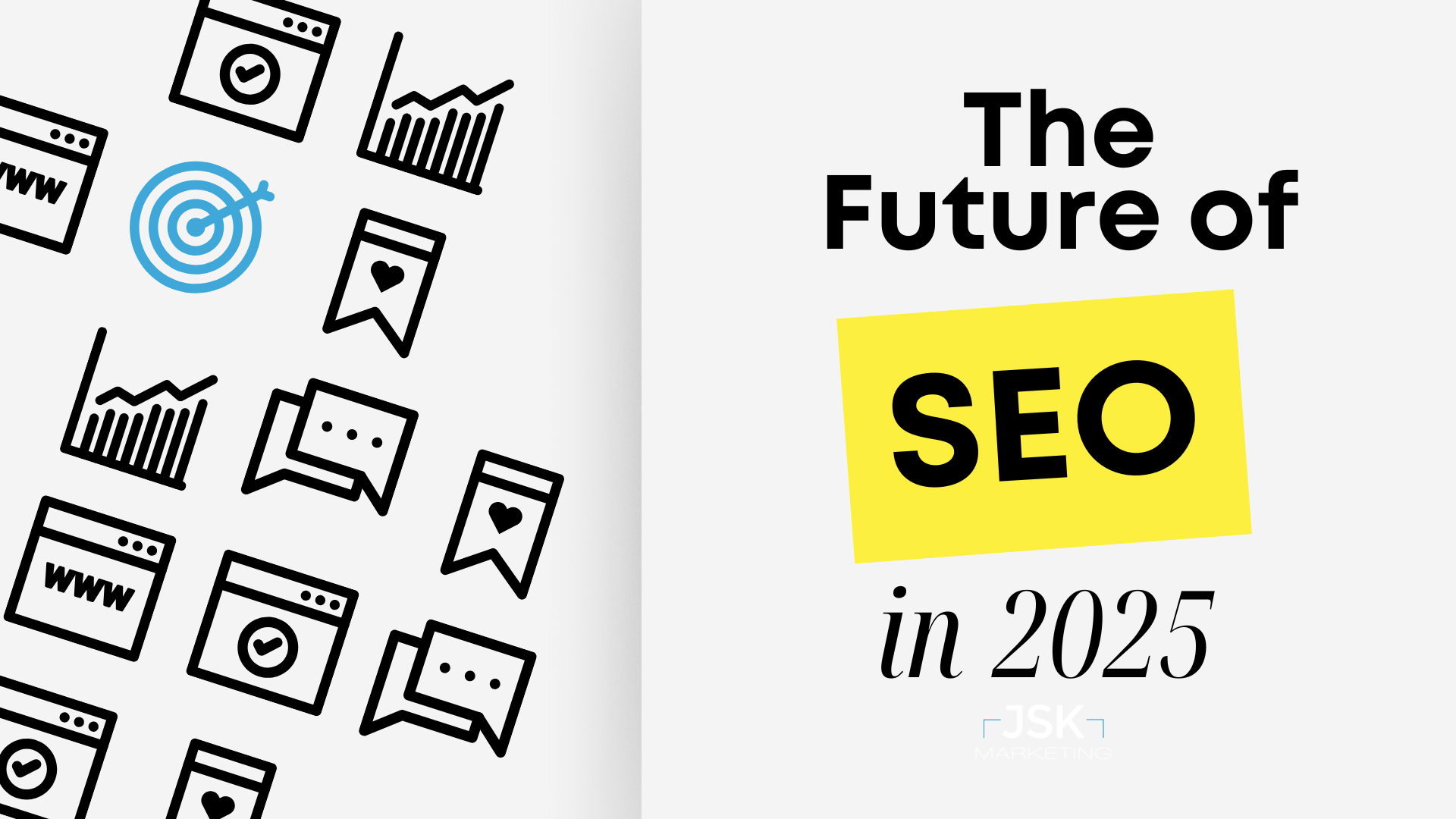
There are many kinds of blogs that you can find online. Whether they be about food, travel, business or any other topic, they all serve a common purpose: to share insights, information and perspectives. But all these blogs mean nothing if people can’t find them. Enter blog SEO. But what is blog SEO? How can you search engine optimize your blog content? Keep reading to find out.
What is Blog SEO?
Blog SEO is the practice of creating and updating blog content to perform better in search engine rankings. This usually includes keyword research, link building, graphic optimization and content writing. Blogging helps with your SEO ranks as it positions your blog as a top, relevant answer when people go to Google to ask questions. Search engines make frequent updates, and business’ goals can change just as frequently. Without a proper strategy, you might find yourself investing in a blog and not seeing a boost in SEO. Wondering where you currently rank? Our free SEO Audit can help you gain the online success you’ve been looking for.
Best Practices
Keyword Research
Every blog post that you publish should be centered around one keyword. If you focus on multiple keywords in your posts, Google and other search engines get confused about what your post is about. Identify the relevant keywords that matter most to your business and strategically place them within your blog content. This is the foundation of effective SEO.
Add Visuals
Images and videos are among the most common visual elements that appear on the SERPs. By using high quality graphics, original photos and descriptive alt text, you’re able to earn your spot at the top of the SERPs. Search engines love multimedia elements. By including visuals in your blog content, you’re not only making it more engaging but also contributing to better SEO.
Create a Catchy Title
The title of your blog post is the determining factor in whether the reader clicks on your content. Catchy titles usually contain puns for entertainment, facts for information or ask a question to attract the reader’s interest. According to the #1 free headline analyzer, CoScheduler’s Headline Analyzer, some of the best and catchiest titles include power, emotion, uncommon and common words. The catchier the title, the more likely someone will click to read.
The Reader’s Experience is the Main Focus
How someone feels when reading your blog post is the most important factor. The reader’s experience includes formatting, readability and page speed. Optimize your blog’s navigation by using clear headings and by breaking down content into digestible sections. By organizing your blog content with a focus on what your reader wants to know, you’re creating a positive experience and keeping visitors on your site.
Include Backlinks
Backlinks, or inbound links, are hyperlinks from other websites that lead to your blog. Including links in your blog posts is a crucial aspect of SEO. When search engines see reputable sources linking to your content, they view your blog as more credible. This can positively impact your blog’s rankings. To learn more about what inbound linking is and why it’s important, check out our recent blog post.
Mastering SEO is a continuous process. By implementing these practices into your SEO strategy, you’re not only enhancing your blog’s visibility but also contributing to long-term success. This is only just the beginning of a long list of strategies that you can implement to help you see success sooner. If you’re interested in learning more, partner with JSK Marketing. We’ll handle the SEO, while you focus on your business growth. Reach out to us today!




